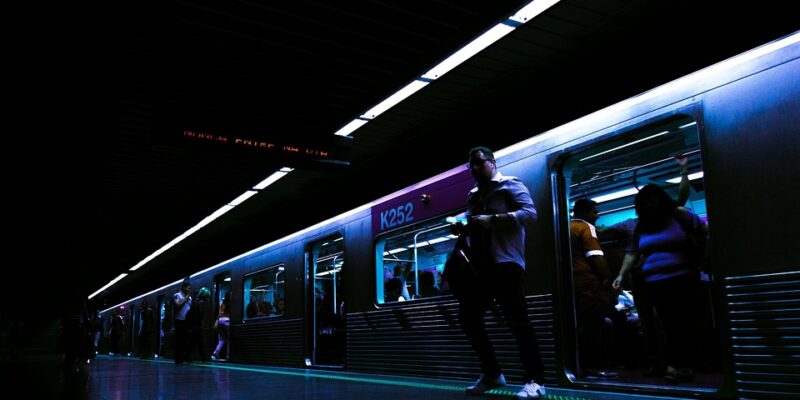The Evolution of 3D Rendering Software
The world of 3D rendering software has seen significant advancements in recent years. From basic wireframe models to high-quality photorealistic images, rendering software has come a long way. With the continued evolution of technology, we can only expect these advancements to continue. In this article, we will explore the future trends of 3D rendering software and what to watch out for.
Real-time Rendering
One of the most prominent trends in 3D rendering software is the shift towards real-time rendering. Real-time rendering allows designers to see immediate feedback on their designs, making the creative process much more efficient. With the increasing power of GPUs and advancements in rendering algorithms, real-time rendering is becoming more accessible to a wider audience. This trend is likely to continue in the future as technology continues to improve.
Ray Tracing
Ray tracing is a rendering technique that simulates the way light rays interact with surfaces in a scene. This technique produces highly realistic images with accurate reflections and refractions. While ray tracing has traditionally been computationally intensive, advancements in hardware and software have made it more accessible to a broader range of users. In the future, we can expect to see more widespread implementation of ray tracing in 3D rendering software, leading to even more photorealistic images.
Artificial Intelligence
Artificial intelligence (AI) is also playing a significant role in the future of 3D rendering software. AI algorithms are being used to automate repetitive tasks in the rendering process, such as lighting and material setup. This not only saves time but also allows designers to focus on the creative aspects of their work. AI can also be used to enhance the realism of rendered images by creating more natural-looking textures and lighting effects. As AI continues to evolve, we can expect to see even more powerful and intelligent rendering software in the future.
Cloud Rendering
Another emerging trend in 3D rendering software is the use of cloud rendering. Cloud rendering allows designers to offload the rendering process to powerful servers in the cloud, freeing up their local resources for other tasks. This approach is particularly useful for rendering large scenes or animations that would otherwise be too taxing for a single machine. With the increasing availability of high-speed internet connections, cloud rendering is becoming more viable for a broader range of users. In the future, we can expect to see more rendering software offering built-in support for cloud rendering, further democratizing the rendering process.
Virtual Reality
Virtual reality (VR) is also influencing the future of 3D rendering software. VR technology allows designers to immerse themselves in their creations, offering a new level of spatial awareness and realism. With the growing popularity of VR headsets and software, we can expect to see more rendering software offering integrated VR support. This will open up new possibilities for collaboration and design review, allowing multiple users to interact with and explore 3D models in real-time. As VR technology continues to improve, we can expect to see even more advanced and immersive experiences in the future.
Collaborative Rendering
Collaborative rendering is another trend to watch in the future of 3D rendering software. This approach allows multiple users to work on a rendering project simultaneously, sharing resources and ideas in real-time. Collaborative rendering is particularly useful for team-based projects or remote work environments, where designers may be located in different locations. With the increasing demand for remote collaboration tools, we can expect to see more rendering software offering built-in support for collaborative rendering. This will enable teams to work together more effectively and efficiently, leading to faster and more creative outcomes.
Augmented Reality
Augmented reality (AR) is also making waves in the world of 3D rendering software. AR technology allows designers to overlay virtual objects onto the physical world, creating a unique and interactive experience. With the proliferation of AR-enabled devices, such as smartphones and tablets, we can expect to see more rendering software offering integrated AR features. This will allow designers to visualize their creations in real-world environments, making it easier to assess scale, lighting, and other factors. As AR technology continues to evolve, we can expect to see even more innovative uses of AR in 3D rendering software in the future.
Conclusion
The future of 3D rendering software is bright, with a number of exciting trends on the horizon. From real-time rendering to artificial intelligence to cloud rendering, there are plenty of developments to watch out for. As technology continues to evolve and improve, we can expect to see even more advanced and immersive experiences in 3D rendering software. Whether you are a professional designer or an aspiring artist, these trends are sure to shape the future of 3D rendering software for years to come.
